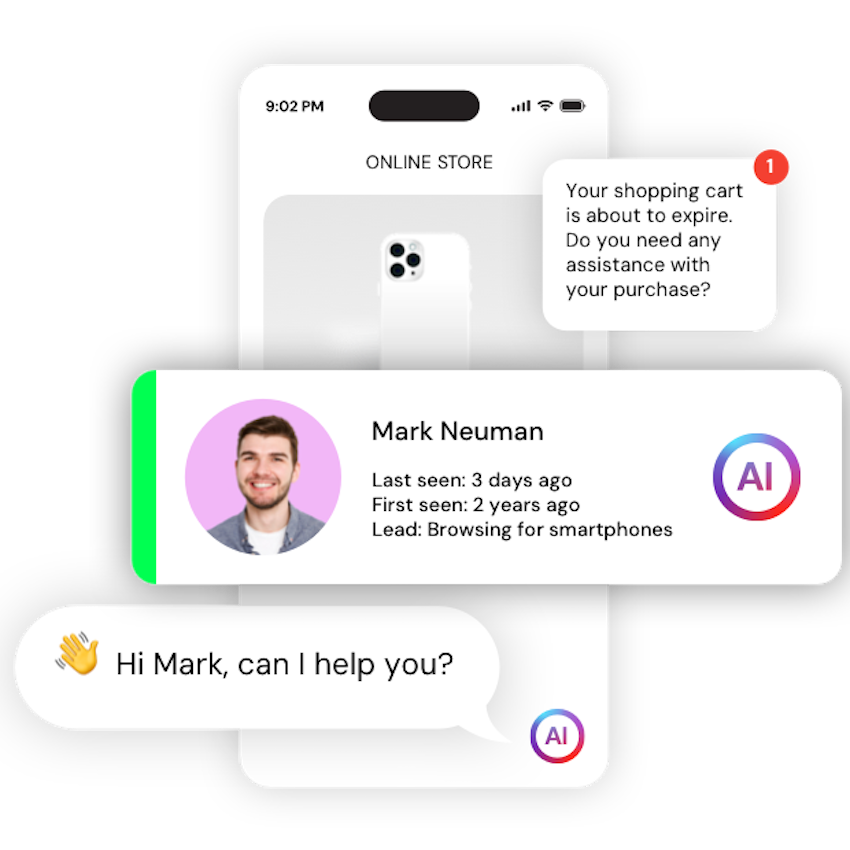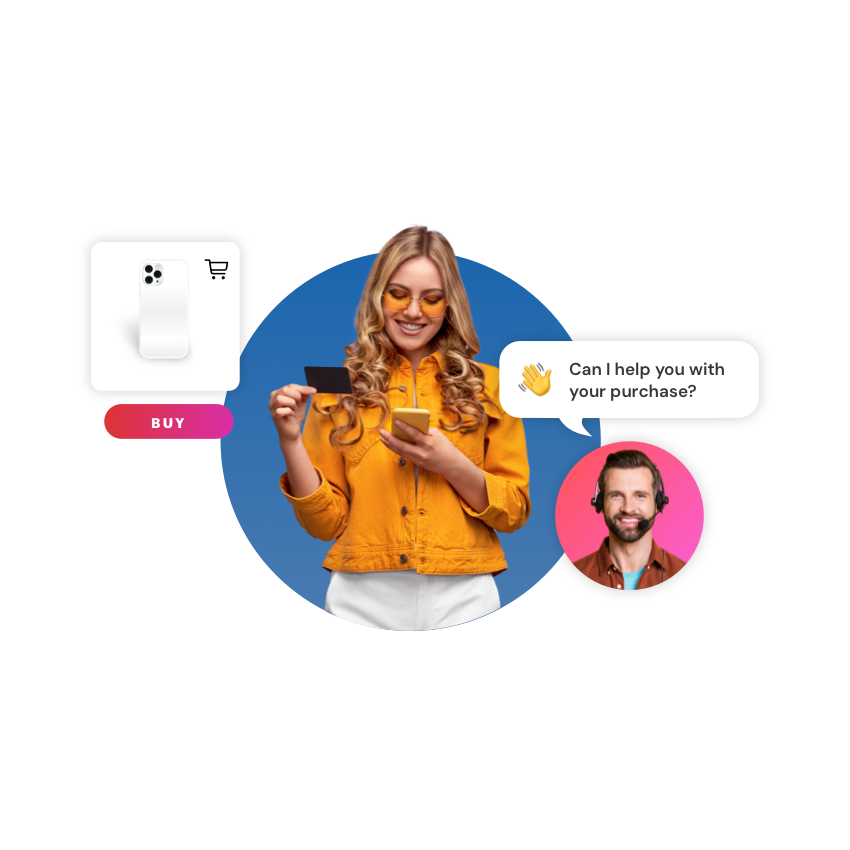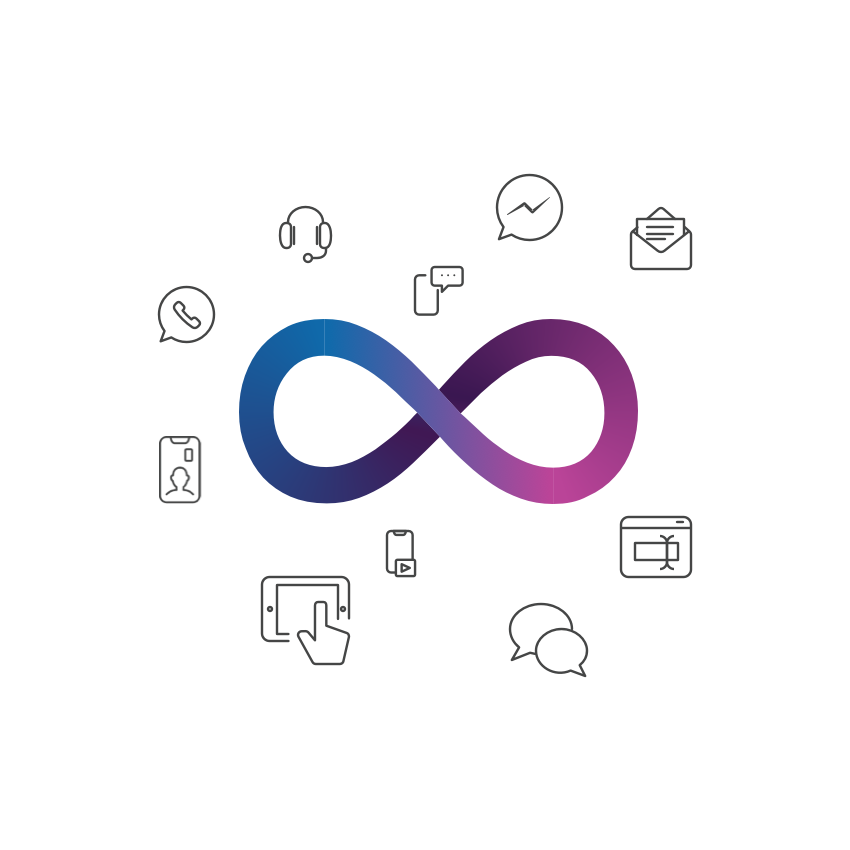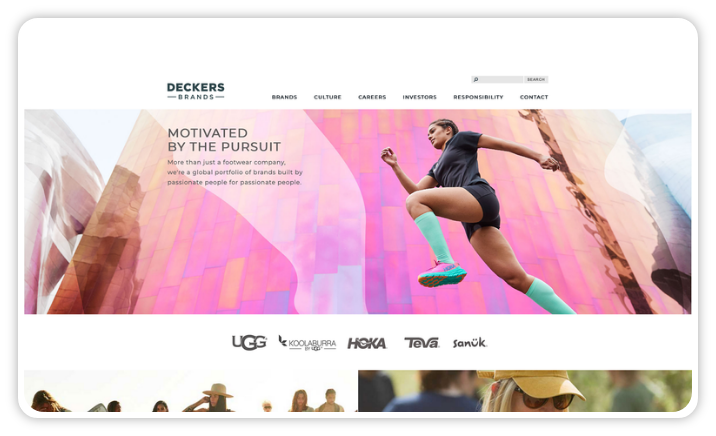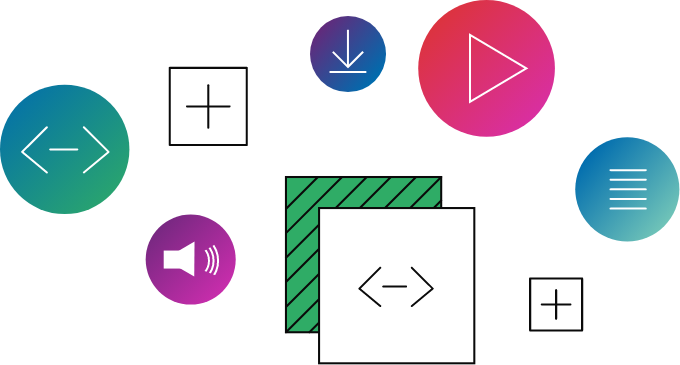Customer profiles turn raw data into real insight, helping you understand what people want, when they want it and how to deliver it. But here’s the problem: most brands think they’re personalizing well, and most customers disagree.
Ready to close that gap? Let’s look at how smarter customer profiles make all the difference.
What are customer profiles and why do they matter?
Imagine a travel agency that knows exactly what you love. Instead of simply suggesting popular destinations, it curates your experience and offers exclusive museum passes and food tours.
But what if it went further? Beyond recommending destinations and experiences, it creates a personalized area for you, tracking the themes of your past travels (e.g. art, history, adventure) and offering perks, like priority booking, surprise upgrades or even mystery destinations tailored to your travel style.
This level of personalization is possible with customer profiles. A customer profile is a dynamic, data-driven representation of an individual’s interactions, preferences and behaviors. It consolidates information from multiple sources — past purchases, engagement history and AI-driven insights — to help businesses deliver relevant and personalized experiences.
But many brands miss the mark. According to Statista, 95% of senior marketers consider their personalization strategies successful, while only 60% of customers agree. This disconnect often stems from outdated data, fragmented insights and a lack of real-time adaptation.
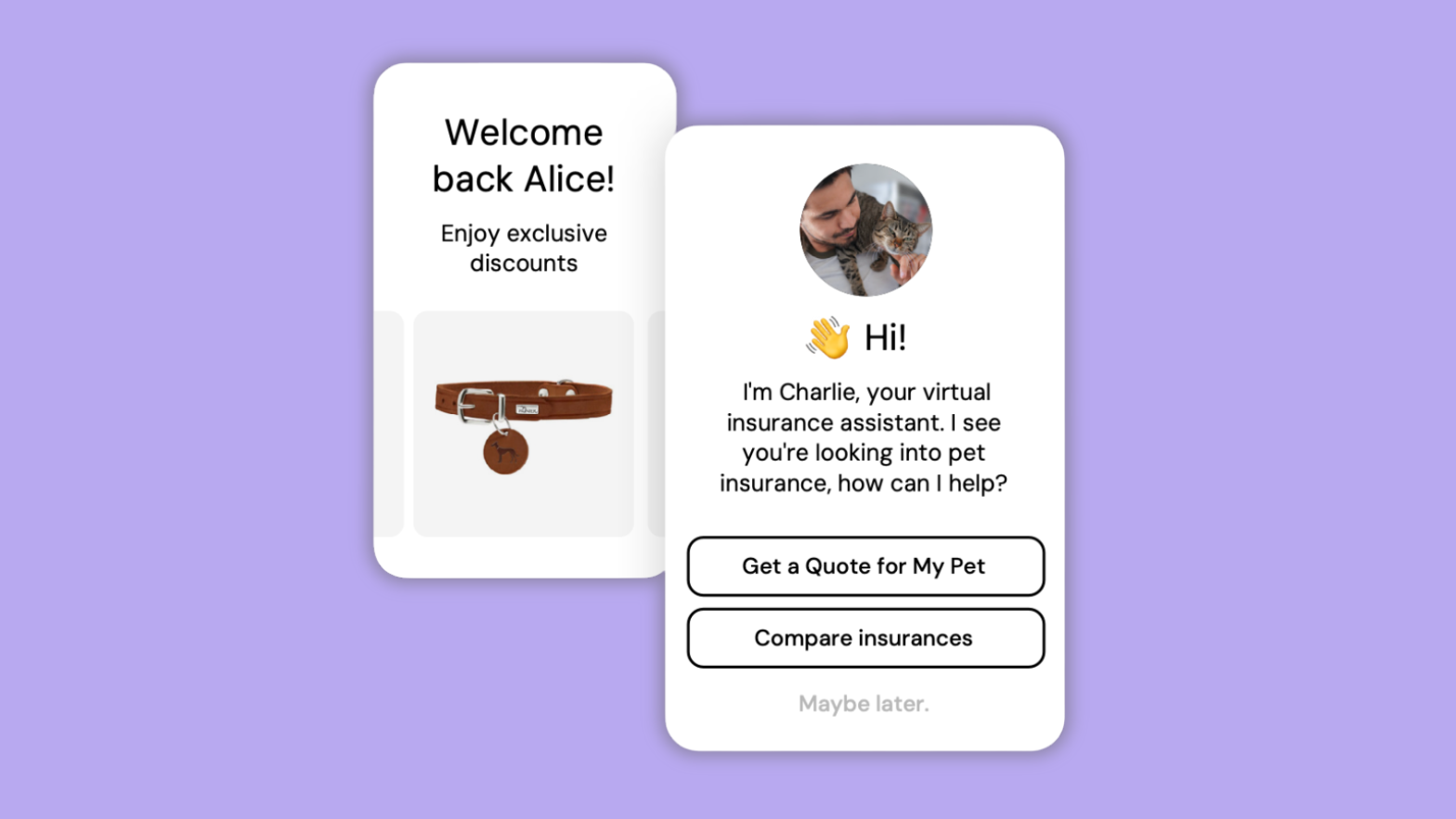
Customer profile vs. buyer persona: Why both matter
Let’s clarify a common misunderstanding. While the terms "customer profile" and "buyer persona" are often used interchangeably, they serve distinct purposes in marketing strategies.
Customer profile
This is a data-driven representation of an individual customer based on real-world interactions. It aggregates behavioral, demographic and transactional data to create a 360º view of a customer's preferences, habits and engagement with a brand.
It is typically:
Based on actual customer data (purchases, browsing behavior, engagement history)
Dynamic and continuously updated with each interaction
Used for personalization, segmentation and targeted marketing towards individual customers
Helps businesses tailor content, recommendations and overall experiences
Example: A fashion retailer tracks a customer's past purchases, favorite product categories and engagement with promotional emails. The customer profile generates AI-driven recommendations, like suggesting new arrivals in their preferred styles.
Buyer persona
A buyer persona, on the other hand, is a semi-fictional representation of an ideal customer, developed through research, customer feedback and market analysis. It goes beyond raw data to include motivations, pain points and decision-making behaviors.
What sets it apart:
It’s based on market research and aggregated customer insights
More qualitative than a customer profile
Defines customer motivations, challenges and goals
Helps businesses shape messaging, branding and content strategies
Example: A SaaS company identifies a buyer persona named " IT Innovator Steve," a mid-level IT manager who prioritizes cost-effective software solutions. Marketing strategies are designed to align with his priorities about security, integration and ease of implementation, but not tailored to individual behavior.
How they work together
Customer profiles and buyer personas complement each other. While customer profiles ensure real-time, data-backed personalization, the latter can guide broader marketing messaging and content strategies. In fact, companies that effectively use buyer personas enjoy 73% higher conversions than those without.
Together, they help businesses refine targeting, engagement and retention efforts. By integrating them, brands can build meaningful experiences that resonate with people, while maintaining a strategic approach to audience engagement.
Customer profile vs. ideal customer profile (ICP)
Don't get them mixed up. While customer profiles represent individual customer data, an ideal customer profile (ICP) defines the perfect customer for your business. It's a fictional representation of the company or individual that would derive the most value from your product or service and, in turn, provide the most value to your business. In B2B, ICPs are especially valuable for targeting companies that align with your solution, helping sales and marketing teams prioritize high-fit accounts.
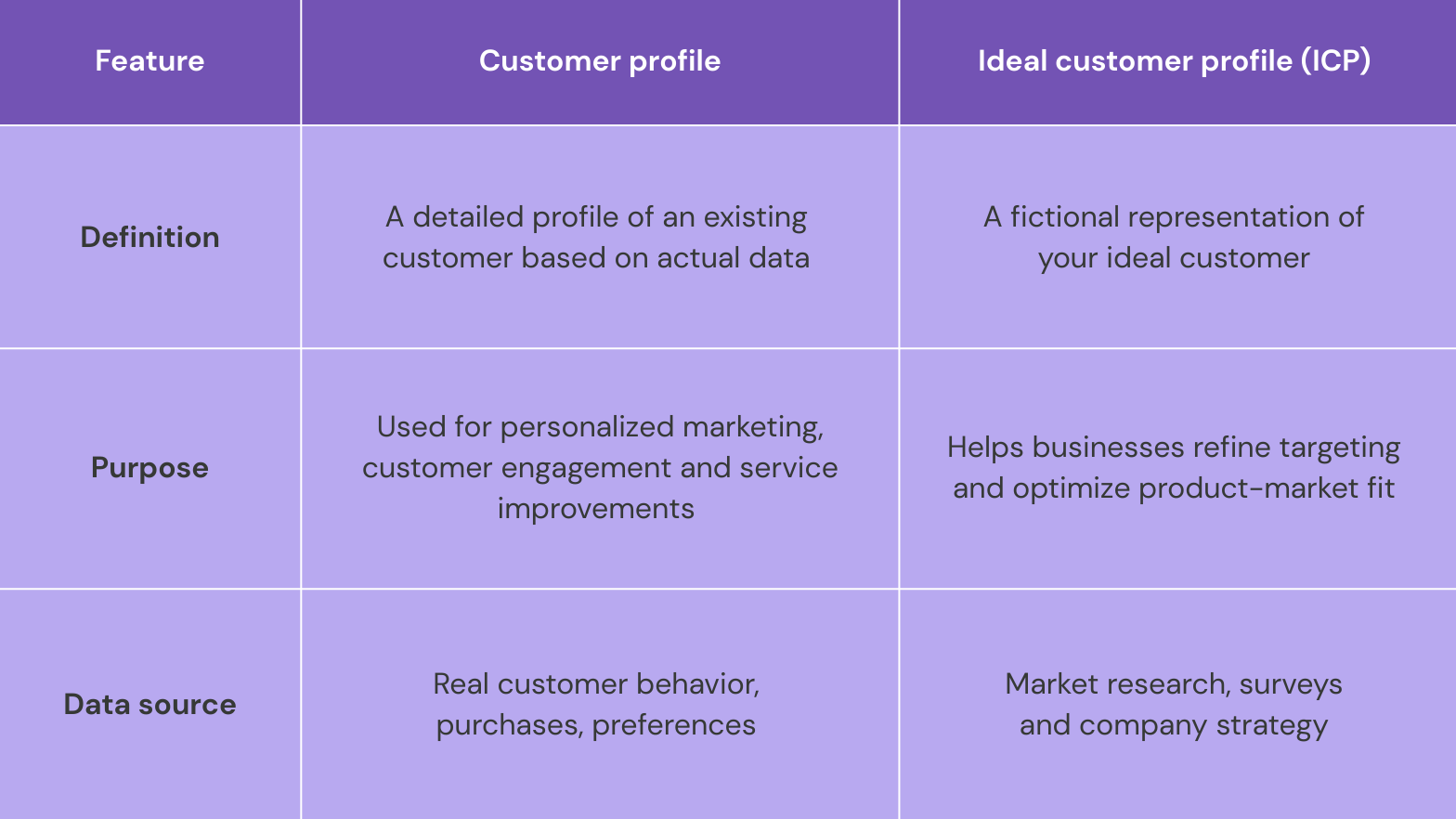
An ICP typically includes:
Demographics (e.g. company size, industry, revenue, job title, age)
Psychographics (e.g. values, challenges, goals, pain points)
Behavioral characteristics (e.g. purchasing habits, technology usage)
Creating an ICP helps businesses:
Refine their marketing efforts: By targeting the right audience, you can maximize ROI.
Improve sales efficiency: Sales teams can prioritize leads that align with the ICP.
Boost product development: Understanding your ideal customer's needs can guide product improvements.
Increase personalization accuracy: An ICP is a guide to create the best customer profiles. By combining detailed individual customer profiles with a well-defined ideal customer profile, businesses can achieve a more targeted and effective approach to personalization.
Why should you invest in customer profiles?
Customers expect brands to know them, but not in an intrusive way. They don’t want to be bombarded with generic offers or irrelevant messages, nor with offers or ads that feel too personal. According to research, 63% say they would stop purchasing products and services from companies that take “creepy” marketing too far. They want recommendations that make sense and respect their time, and interactions that feel effortless.
Actually, businesses that use personalization effectively see many benefits:
80% of businesses report increased consumer spending with personalized experiences.
56% of consumers are more likely to return to a website that recommends products.
48% of respondents expect companies to use their preferences and past purchases for recommendations.
Without accurate customer profiles, businesses risk missing personalization opportunities, sending irrelevant content or worse, frustrating customers to the point where they leave.
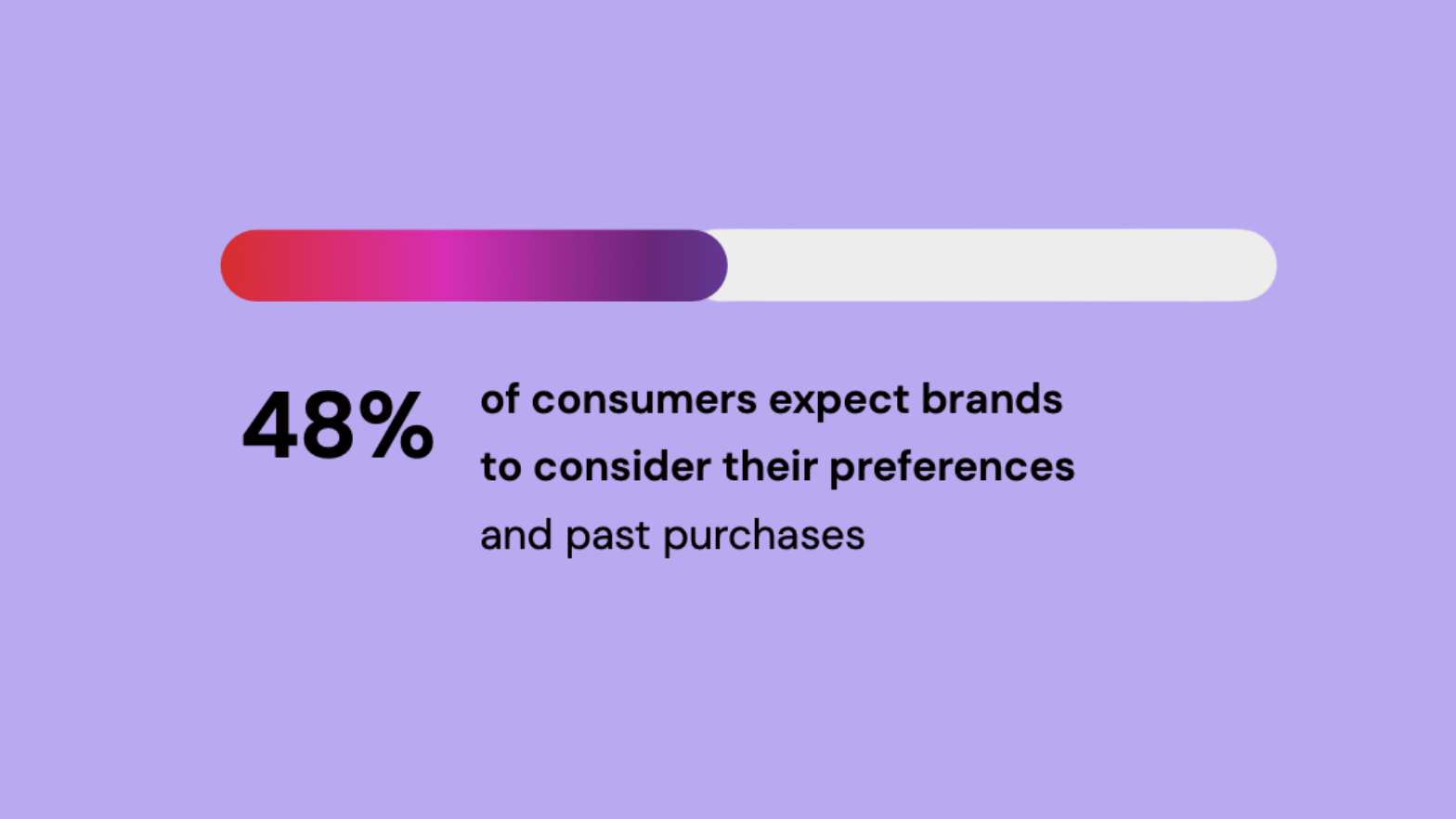
How to build customer profiles that actually work
1. Consolidate and centralize data
Every customer profile should include:
Demographics (age, location, job title, etc.)
Transactional data (purchase history)
Behavioral data (website activity, engagement patterns)
Preferences (product interests, communication channels, past interactions)
Companies using data to drive their decisions achieved 2.5x higher revenue growth than those without. Therefore, customer profiles should integrate this data from multiple sources into a unified profile that is accessible across teams.
2. Predict with AI-powered insights
The best customer profiles evolve over time. Instead of relying only on past purchases, businesses should track real-time behaviors and adapt accordingly.
For example, if a customer frequently browses eco-friendly products, they’re likely interested in sustainability, even if they haven’t bought anything yet. AI can help detect patterns like these and adjust recommendations in real time.
By using AI and machine learning, businesses can:
Predict customer needs and suggest relevant products or services
Identify at-risk customers and proactively offer support.
Recommend the best communication channels and times for engagement.
Analyze sentiment and behavioral trends to improve customer interactions.
Automate A/B testing scenarios to refine messaging.
Recommend the next best action (NBA) for customer engagement.
3. Keep it ethical and transparent
Customers are willing to share data, but only if they trust the brand. Transparency about how data is used, clear privacy policies and giving users control over their preferences are all essential for maintaining that trust. Customers are also more likely to share information through surveys or feedback forms when they see a direct benefit — such as personalized offers, exclusive deals or tailored recommendations.
Commit to using only zero-party and first-party data. As data protection regulations tighten and browsers increasingly block third-party cookies, companies that proactively invest in a robust first-party data strategy will differentiate themselves.
Practical use cases: How AI-enhanced profiles improve customer journeys
Artificial intelligence is transforming how businesses understand and interact with their customers, especially for customer profiling. By analyzing vast amounts of data, AI creates detailed and dynamic customer profiles for companies, like no human can do.
Here are some practical examples of how AI-enhanced profiles improve customer journeys:
Personalized marketing campaigns: A banking customer who frequently explores mortgage options receives a personalized offer for a premium home loan with exclusive benefits, delivered via their preferred channel.
Dynamic product recommendations: A telco customer who frequently streams content on mobile receives a suggested data plan upgrade before they experience overages.
Smart support responses: A customer reports a recurring issue via chat. The support agent accesses a complete history of past interactions, previous solutions attempted and AI-driven troubleshooting suggestions, leading to a faster resolution.
Proactive retention strategies: AI detects that a customer’s engagement is declining, and a targeted retention offer is sent before they consider canceling.
The challenges of managing customer profiles
While customer profiles offer huge benefits, they also come with their own challenges, such as:
Data fragmentation: Many businesses store customer data in different systems that don’t communicate effectively with each other. Without integration, insights get lost.
Privacy concerns: Striking the right balance between personalization and privacy is tricky, and over-personalization can feel invasive.
Keeping profiles up to date: Customers change. If profiles aren’t regularly updated, businesses risk sending outdated and irrelevant messages.
Building smarter customer profiles with CoreMedia
At CoreMedia, we empower brands to move beyond generic interactions and deliver hyper-personalization at scale. We help brands:
Unify and enhance customer data across all touchpoints.
Use AI insights to improve decision-making and engagement strategies.
Provide real-time personalization across web, mobile and contact center channels.
Want to see how AI-powered customer profiles can transform your business? Learn more.

